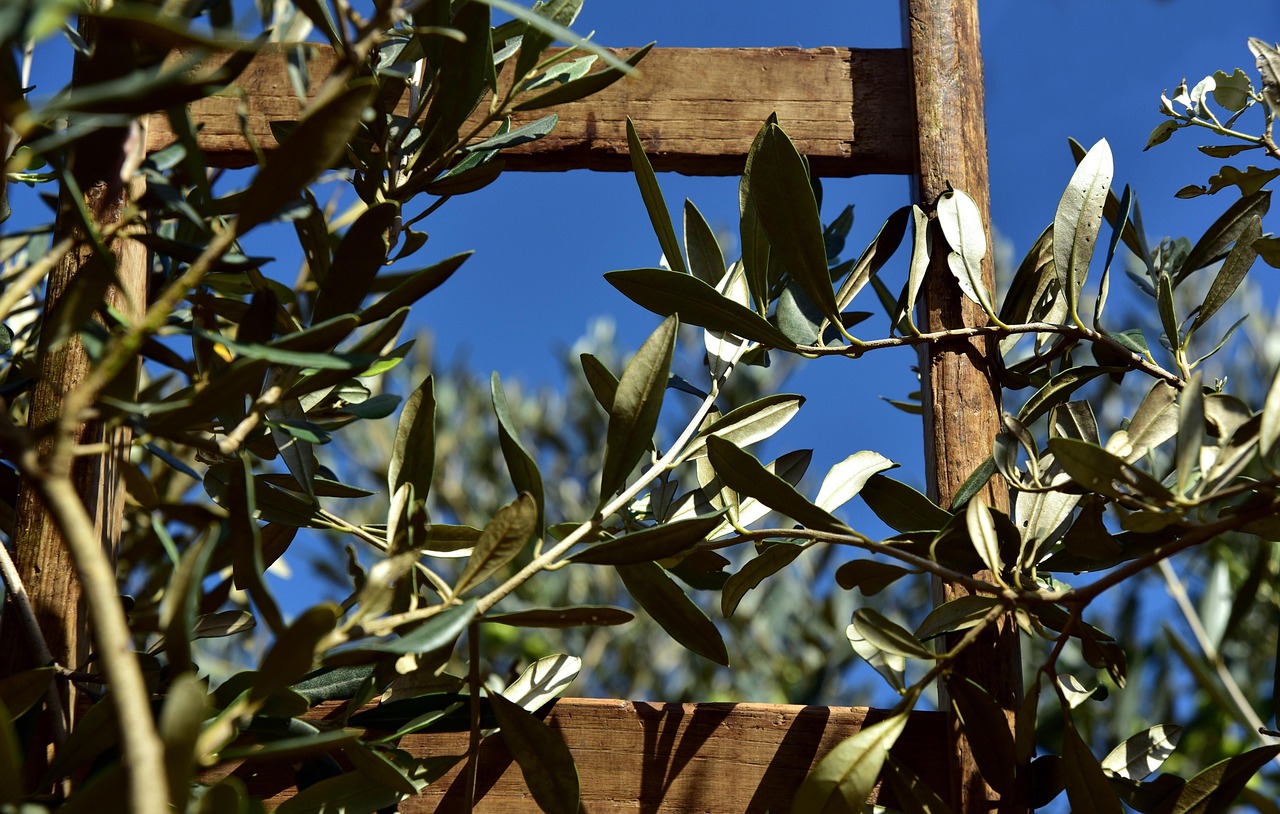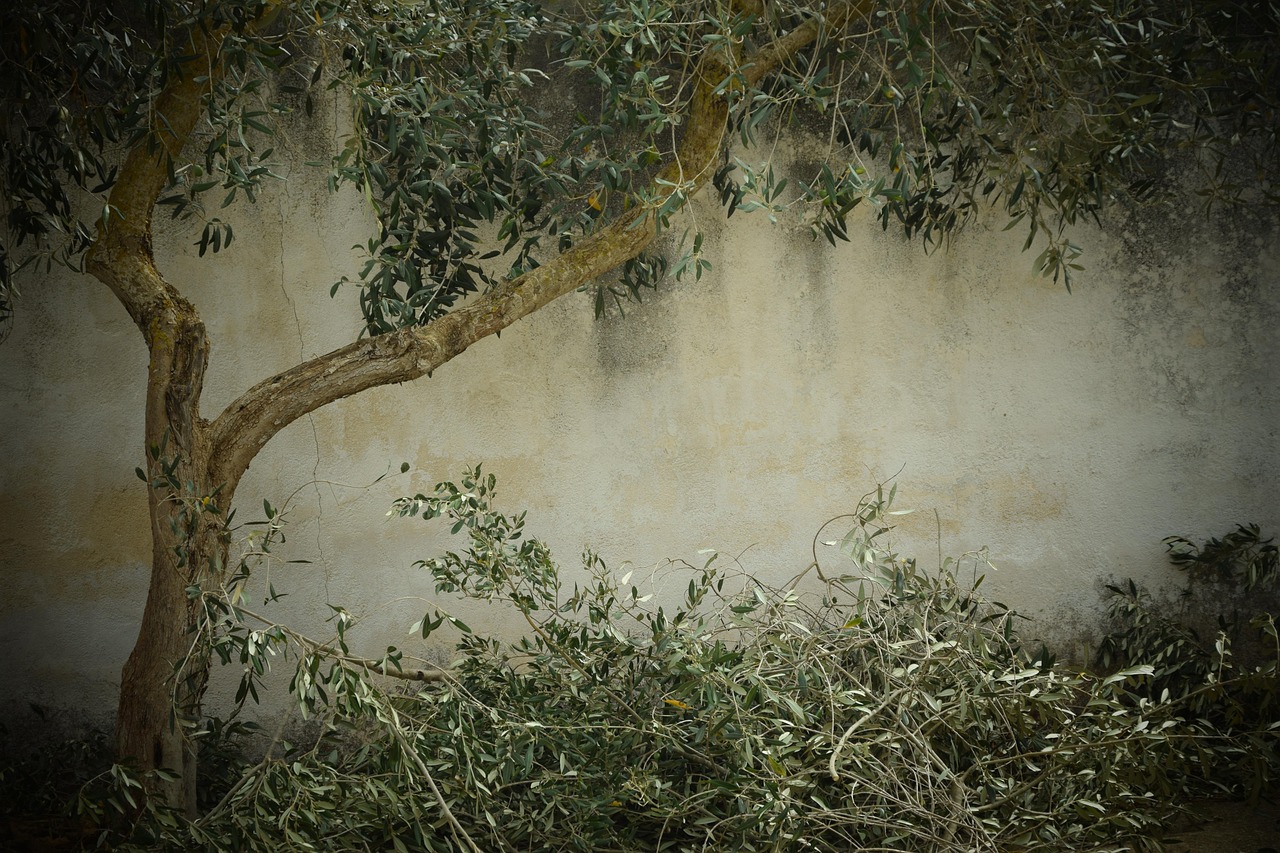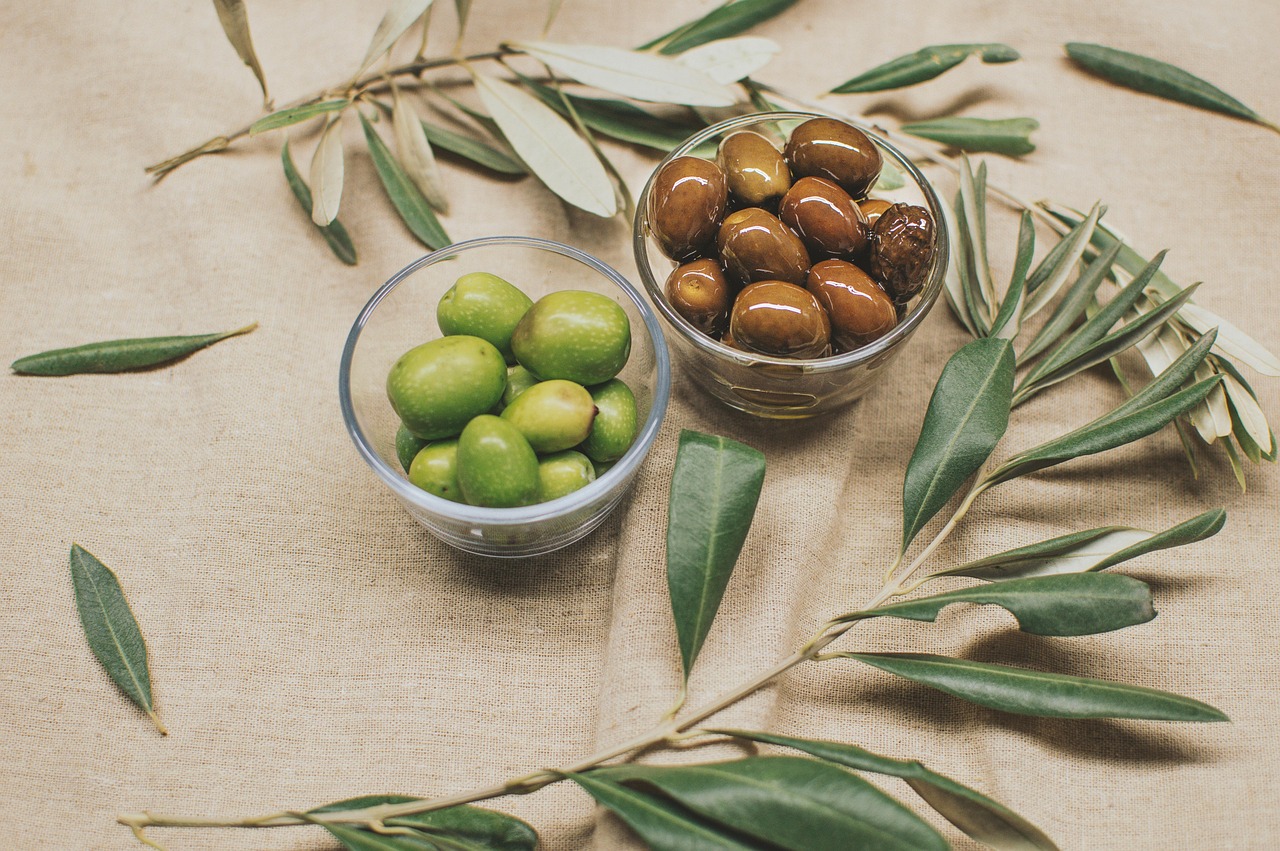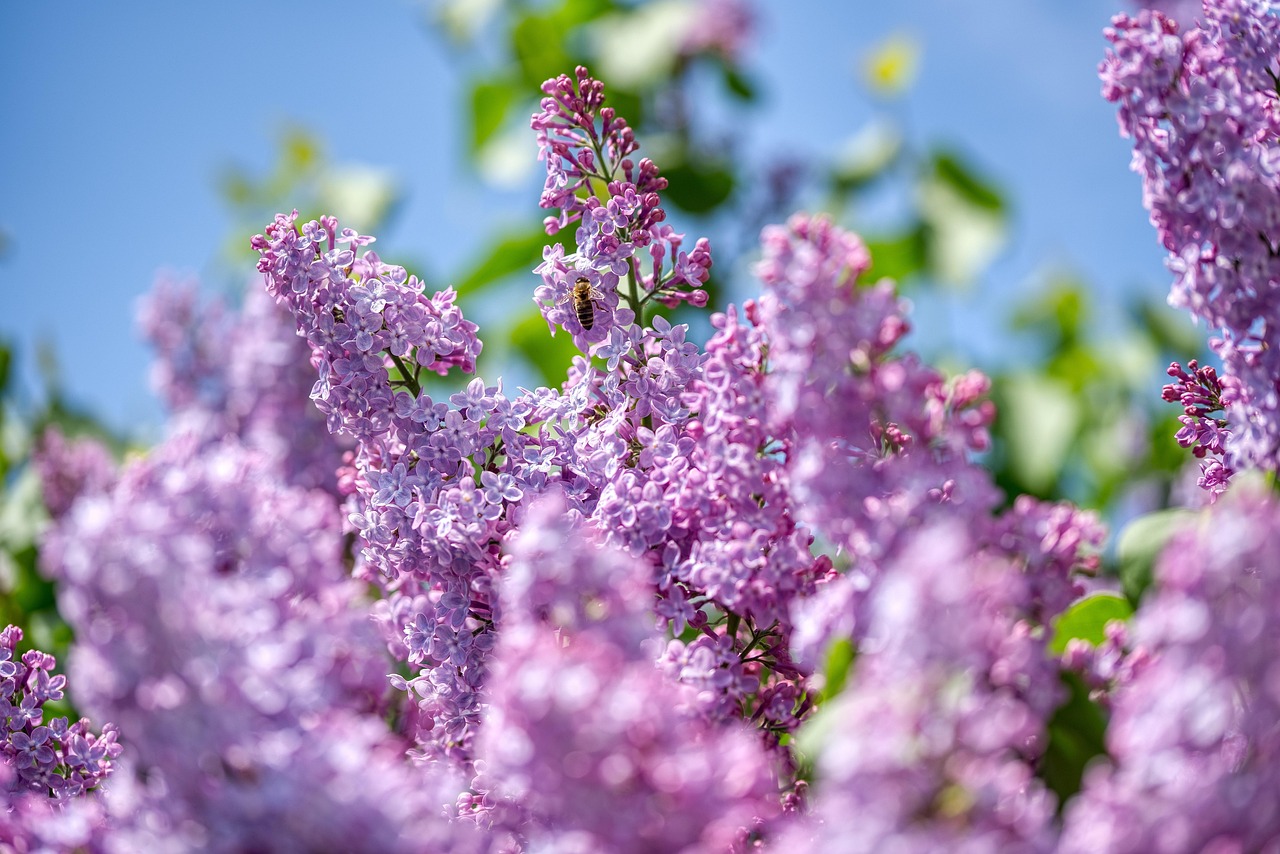Olive tree pruning is essential for enhancing shade, promoting healthy growth, and increasing yield. Proper techniques, timing, and tools ensure the tree’s structure remains balanced, boosts sunlight and air circulation, and prevents diseases. Implementing these expert tips will help you achieve beautiful, resilient olive trees that provide optimal shade and productivity.
Olive trees are not only valued for their fruit but also for their ability to provide shade in gardens and landscapes. Proper pruning techniques can significantly affect the tree’s growth patterns, ultimately leading to better shade management. Understanding the ideal time to prune, the correct methods, and the benefits involved is essential for anyone looking to maintain healthy olive trees.

Pruning olive trees is a practice rooted in tradition. It has been performed for centuries, particularly in Mediterranean regions where these trees thrive. The primary goal of pruning is to shape the tree, enhance fruit production, and manage shade. A well-pruned olive tree can create a more inviting atmosphere for outdoor spaces, making it a popular choice for landscape designers and gardeners alike.
Benefits of Pruning Olive Trees
Pruning olive trees offers numerous advantages that go beyond just aesthetics. Here are some key benefits:
- Improved Air Circulation: Pruning opens up the canopy, allowing air to flow freely through the branches. This reduces the risk of fungal diseases and pests.
- Better Sunlight Penetration: A well-pruned tree allows sunlight to reach lower branches and surrounding plants, promoting healthy growth.
- Enhanced Structural Integrity: Regular pruning helps maintain a strong structure, reducing the likelihood of branch breakage during storms or high winds.
- Increased Yield: Pruning encourages more fruit production by focusing the tree’s energy on fewer branches.
- Manageable Size: Keeping trees at a desired height and width makes maintenance easier and enhances accessibility for harvesting.
While there are many benefits to pruning, it is important to approach this task with care. Understanding the specific growth habits of olive trees can help ensure proper techniques are utilized. For instance, different varieties may require different pruning methods.

Pro-Tips and Common Mistakes to Avoid
- When I first started pruning, I over-pruned my olive trees because I thought removing more branches would help them grow faster. I quickly learned that cutting more than 20% of the foliage at once stresses the tree and can hinder recovery. Now, I prune gradually and always keep the overall health in mind.
- In the beginning, I didn’t pay attention to the season and pruned during mid-summer, which stressed the tree during its active growth phase. Later, I realized the best time is late winter or early spring when the tree is dormant. Timing my cuts allows for healthier regrowth.
- When I ignored the natural shape of the tree and cut indiscriminately, it looked unbalanced and less effective at providing shade. Now, I study the existing form and prune with a plan, maintaining the tree’s natural balance for optimal shade and health.
- At first, I used dull pruning tools, which caused jagged cuts and increased the risk of disease. Since then, I always sharpen my tools regularly and disinfect them before use to make clean cuts and protect the tree.
- Initially, I lacked a clear pruning plan and did hasty cuts, which led to poor results. Now, I plan my pruning sessions, identifying which branches to remove beforehand, ensuring each cut has a purpose, and avoiding unnecessary damage.
When to Prune Olive Trees
The timing of pruning plays a crucial role in the health of olive trees. Generally, the best time to prune olive trees is during late winter or early spring when the tree is still dormant. This timing minimizes stress on the tree and promotes healthy regrowth as warmer weather approaches. However, pruning can also be performed after harvest in late summer or early fall, depending on specific needs.
| Season | Recommended Activities |
|---|---|
| Winter (Late) | Prune to shape the tree before new growth begins. |
| Spring (Early) | Finalize any additional pruning; monitor for new growth. |
| Summer (Post-Harvest) | Light pruning to maintain shape and remove deadwood. |
| Fall | Avoid heavy pruning; focus on health assessments. |
It is important to note that improper pruning during active growth can result in stress and damage to the tree. Additionally, regular inspection of the tree throughout the year can help identify any issues that may need immediate attention.
Pruning Techniques for Olive Trees
Utilizing the right techniques while pruning is essential for achieving desirable results. Here are some common methods used when pruning olive trees:

- Crown Thinning: This method involves selectively removing branches throughout the canopy to enhance light penetration and air circulation.
- Crown Reduction: Reducing the overall size of the tree by shortening branches helps manage height without sacrificing health.
- Deadwooding: Removing dead or diseased branches helps maintain tree health and prevents potential dangers from falling limbs.
- Suckering: Removing suckers that grow from the base of the tree directs more energy into productive branches.
Each technique serves a specific purpose and should be applied with consideration of the tree’s overall health and shape. Knowledge of how each method affects growth can help in deciding when and how much to prune.
Overall, effective olive tree pruning is essential not only for managing shade but also for promoting a healthy environment for both the tree and its surroundings. Implementing proper techniques can lead to thriving olive trees that provide beauty and function in any landscape.
Tools and Equipment for Pruning Olive Trees
Having the right tools is essential for effective olive tree pruning. The right equipment not only makes the process easier but also ensures that cuts are clean and precise, promoting better healing for the tree. Below are some common tools used in pruning olive trees:

- Hand Pruners: Ideal for small branches, hand pruners allow for precise cuts and are suitable for light pruning tasks.
- Loppers: These are used for cutting thicker branches. Loppers provide leverage and can reach higher areas of the tree.
- Saws: For larger branches, a pruning saw is necessary. It offers the strength to cut through thick wood without damaging the tree.
- Pole Pruners: These tools extend your reach, allowing you to prune higher branches without needing a ladder.
- Gloves: Protective gloves help prevent injuries while handling sharp tools and thorny branches.
- Safety Glasses: Wearing safety glasses protects your eyes from debris that may fall during pruning.
Using sharp tools is crucial, as dull blades can tear the branches rather than making clean cuts. Regular maintenance of your pruning tools ensures they remain effective and safe to use.
Pruning Techniques by Season
The approach to pruning can vary depending on the season. Different times of the year offer unique advantages and challenges. Below is a seasonal guide to pruning olive trees:
Winter Pruning
Winter is a critical time for pruning olive trees as they are dormant. This period allows for significant shaping and structure maintenance without stressing the tree.
- Focus on Structure: Remove any crossing branches to improve air circulation.
- Thin the Crown: Aim for an open canopy that allows sunlight to penetrate effectively.
- Remove Suckers: Cut back any suckers to maintain energy in productive branches.
Spring Pruning
Spring is a time of growth, making it an ideal moment to make minor adjustments:
- Monitor Growth: Assess new growth and remove any weak or damaged branches.
- Light Pruning: Focus on fine-tuning the tree’s shape rather than heavy cutting.
Summer Pruning
Post-harvest pruning in summer has specific benefits:
- Remove Deadwood: This helps prevent pest infestations and promotes overall tree health.
- Avoid Heavy Pruning: Limit major cuts to prevent stressing the tree during active growth.
Fall Pruning
Fall is generally not recommended for significant pruning; however, light maintenance can be beneficial:
- Health Check: Inspect the tree for any signs of disease or damage.
- Avoid Major Cuts: Heavy pruning at this time can lead to stress as the tree prepares for dormancy.
The Science of Olive Tree Growth
Understanding how olive trees grow can help inform better pruning practices. Olive trees have a unique growth habit that should be taken into consideration during pruning. Key aspects include:
- Growth Patterns: Olive trees naturally develop a wide canopy with numerous small branches.
- Regrowth Ability: They are resilient and can recover quickly from pruning, especially when done correctly.
- Aging Process: Older trees may require different techniques compared to younger ones, focusing more on maintaining health than on shaping.
The growth cycle of olive trees typically involves a period of dormancy followed by active growth in spring and summer. Understanding this cycle can help you time your pruning for maximum effectiveness.
Pest and Disease Management During Pruning
Pest management is an important consideration when pruning olive trees. Pruning creates open wounds that can attract pests and diseases if not managed properly. Here are some key points to consider:
- Cleansing Tools: Always disinfect your tools before and after use to prevent spreading diseases.
- Inspect Cuts: Monitor pruned areas for signs of infection or pest activity.
- Use Sealants (if necessary): In some cases, applying a wound sealant can help protect the tree from pests.
A proactive approach to pest management during the pruning process can significantly reduce the risk of infestations and maintain the health of your olive trees.
Effective olive tree pruning not only enhances shade management but also contributes to the overall health and productivity of the tree. By understanding the appropriate tools, techniques, seasonal considerations, and pest management strategies, you can ensure your olive trees thrive in any environment.
Common Mistakes in Olive Tree Pruning
Pruning olive trees can be a delicate task, and mistakes can lead to poor tree health and reduced shade management. Understanding common pitfalls can help you avoid them. Here are several mistakes to watch out for when pruning olive trees:
- Over-Pruning: Cutting too much from the tree can stress it. Aim to remove no more than 20% of the foliage in a single session.
- Improper Timing: Pruning at the wrong time of year can hinder growth. Prune during the dormant season for the best results.
- Ignoring Tree Shape: Failing to consider the natural form of the tree can lead to an unbalanced appearance and reduced functionality.
- Neglecting Tool Maintenance: Using dull or dirty tools can create jagged cuts and increase the chance of disease.
- Lack of Planning: Not having a clear plan before starting can lead to hasty decisions and ineffective cuts.
Awareness of these common mistakes can enhance your pruning skills and lead to better outcomes for your olive trees.
Advanced Pruning Techniques
Once you have mastered basic pruning techniques, you may want to explore advanced methods that can yield even better results. Below are some advanced pruning techniques that can improve the health and productivity of olive trees:
Espalier Pruning
This technique involves training the tree to grow against a wall or trellis. Espalier pruning allows for better light exposure and air circulation, making it ideal for smaller spaces.
- Structure Development: Start with a young tree and select a few main branches to train along the structure.
- Regular Maintenance: Prune regularly to maintain shape and remove any unwanted growth.
Pollarding
This method involves cutting back the upper branches of the tree each year. Pollarding encourages dense foliage and is useful for controlling height.
- Timing: Best performed in late winter or early spring before new growth begins.
- Maintenance: Regularly check the pruned areas for signs of new growth and potential pests.
Selective Pruning
Selective pruning focuses on removing specific branches rather than making uniform cuts throughout the tree. This method allows for more control over the tree’s shape and health.
- Selective Removal: Choose branches that are crossing or inward-growing.
- Biodiversity Consideration: Maintain a diverse canopy by leaving some branches that support beneficial insects.
Understanding Olive Tree Varieties
The variety of olive tree influences how you approach pruning. Different types have unique growth habits and requirements. Here are some common olive tree varieties and their characteristics:
| Variety | Description | Pruning Tips |
|---|---|---|
| Arbequina | A small, hardy tree known for its high oil content. | Focus on thinning out branches for light penetration. |
| Manzanilla | A medium-sized tree with a bushy growth habit. | Regularly remove suckers to promote fruiting branches. |
| Kalamata | A larger tree that produces distinctive dark olives. | Emphasize crown thinning to maintain balance. |
| Picholine | A vigorous grower known for its culinary uses. | Consider pollarding for size control. |
Understanding the specific needs of each variety will help you tailor your pruning approach accordingly, ensuring healthier trees and better shade management.
Caring for Pruned Olive Trees
After pruning, it’s essential to provide proper care to support the tree’s recovery and growth. Here are some important post-pruning care tips:
- Watering: Ensure the tree receives adequate water, especially during dry spells, to encourage new growth.
- Nutrient Management: Apply a balanced fertilizer to support healthy regrowth after pruning.
- Pest Monitoring: Keep an eye out for any signs of pests or diseases that may arise from pruning wounds.
- Avoid Over-Fertilization: Too much fertilizer can lead to excessive growth, making future pruning necessary sooner than expected.
Providing appropriate care after pruning is crucial for the long-term health of your olive trees. Healthy trees will not only produce better shade but will also yield more olives in the long run, contributing to a flourishing garden or orchard.
The successful management of olive trees through proper pruning techniques, understanding of varieties, and post-pruning care all contribute to effective shade management and overall health of your landscape. By applying these principles, you can ensure your olive trees thrive for years to come.
Long-Term Benefits of Pruning Olive Trees
Properly executed olive tree pruning not only enhances immediate shade management but also contributes to long-term benefits that can significantly improve the overall health and productivity of the trees. Here are some key long-term advantages of consistent and careful pruning:
- Increased Lifespan: Regular pruning can help maintain the vitality of olive trees, potentially extending their lifespan. Healthy trees are less susceptible to diseases and environmental stressors.
- Improved Fruit Quality: Pruned trees often produce higher-quality olives with better flavor and oil content. This is due to improved sunlight exposure and air circulation.
- Enhanced Aesthetic Appeal: Well-pruned olive trees contribute to a more organized and visually pleasing landscape. This can increase property value and enhance outdoor enjoyment.
- Better Disease Resistance: Pruning helps to remove dead or infected wood, reducing the chances of disease spread within the tree and to surrounding plants.
- Efficient Resource Use: By promoting a balanced canopy, trees can more effectively utilize water, nutrients, and sunlight, leading to healthier growth patterns.
Understanding these long-term benefits can motivate gardeners and orchardists to adopt proper pruning techniques consistently, ensuring that their olive trees thrive for generations.
Integrating Olive Trees into Your Landscape
When considering olive trees for shade management in a garden or landscape, it is important to understand how they can fit into your overall design and functionality. Here are some tips for integrating olive trees effectively:
- Placement: Position olive trees where they can provide shade during the hottest parts of the day, while also considering their growth habits and potential height.
- Companion Planting: Pair olive trees with other drought-tolerant plants or Mediterranean herbs that thrive in similar conditions. This creates a harmonious garden ecosystem.
- Creating Zones: Utilize olive trees to define areas in your garden, such as seating spaces or pathways, enhancing both usability and aesthetics.
- Seasonal Interest: Consider the seasonal changes in olive trees. They offer beautiful foliage year-round and stunning blossoms in spring, adding visual interest throughout the seasons.
By thoughtfully integrating olive trees into your landscape, you can create a beautiful and functional outdoor space that maximizes shade while promoting biodiversity.
Final Thoughts
Olive tree pruning is a multifaceted practice that plays a crucial role in managing shade while ensuring the health and productivity of the trees. Through understanding the various techniques, tools, and care required for olive trees, gardeners can cultivate an environment that fosters growth and resilience.
The benefits of proper pruning extend beyond just enhanced shade; they include improved fruit quality, longer lifespans for the trees, and a more appealing landscape overall. Careful attention to the unique characteristics of different olive varieties allows for tailored approaches that yield optimal results.
In conclusion, adopting a proactive and informed approach to olive tree pruning not only contributes to effective shade management but also promotes sustainable practices that benefit both the trees and the surrounding ecosystem. By following the guidelines outlined in this article, you can create thriving olive trees that enhance your outdoor spaces for years to come.
With dedication and knowledge, you can ensure that your olive trees not only provide shade but also become a cherished part of your landscape, contributing to its beauty and functionality.
